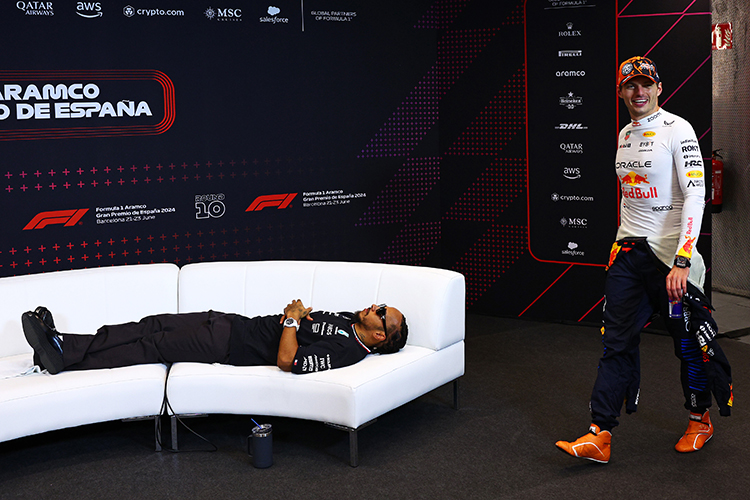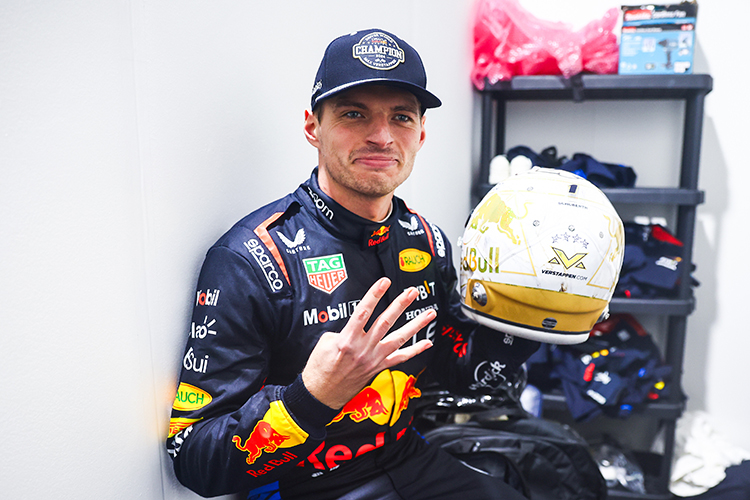Precision and Performance: How Formula 1 Teams Use the Paddock Area to Recover and Prepare Cars

Formula 1 World Champions: A legacy of racing legends
How do Formula 1 teams use their Paddock area to recover and prepare their cars during a race?
Discover how Formula 1 teams use the Paddock area to prepare and recover their cars during a race, from rapid repairs to strategic adjustments.
The Nerve Center of Operations
The Paddock area is the epicenter of a Formula 1 team's race operations. Each team’s garage serves as an operational command center, equipped with advanced tools, diagnostic systems, and real-time telemetry capabilities. Engineers and mechanics use this space to monitor performance, strategize, and make crucial adjustments to their cars.
Post-Session Analysis and Repairs
Data Analysis
After every session, teams download telemetry data from the car for immediate analysis. This data reveals key insights into performance, helping identify areas that require adjustments or repairs.
Component Inspections
Mechanics inspect critical components such as engines, gearboxes, and suspension systems for signs of wear or damage. Any issues are promptly addressed to ensure the car is race-ready.
Repairs and Replacements
When necessary, teams replace parts or carry out repairs, ranging from brake pad changes to power unit swaps. These tasks are performed under tight time constraints, demanding precision and efficiency.
Fine-Tuning and Strategy Adjustments
Setup Changes
Engineers use telemetry data and driver feedback to fine-tune the car's setup. Adjustments to suspension, aerodynamics, and tire pressures are made to optimize performance for specific track conditions.
Strategic Planning
The Paddock area is also the hub for race strategy development. Teams analyze data to decide on fuel loads, tire choices, and pit stop timing, constantly adapting to evolving race conditions and competitor performance.
Preparing for the Unexpected
Rapid Response
Formula 1 racing is unpredictable, and teams must be prepared to handle any situation. The Paddock area is stocked with spare parts and specialized tools to address crashes, mechanical failures, or sudden weather changes.
Practice Drills
Teams routinely practice pit stops and other critical procedures in the Paddock. These drills ensure every team member is ready to execute their role with speed and precision, which can significantly impact race outcomes.
Driver Preparation and Recovery
Driver Wellness
The Paddock includes facilities to support driver wellness, such as rest areas, medical services, and fitness equipment. Drivers often undergo treatment and therapy to recover from the physical demands of racing.
Mental Focus
Mental preparation is equally critical. Drivers review data and simulations with their engineers, discussing strategies and potential scenarios to stay focused and confident under race conditions.
Conclusion: The Symbiosis of Man and Machine
The Paddock area is the heart of a Formula 1 team's operations. It is where cutting-edge technology meets meticulous planning and expert skill to ensure peak performance. Through rapid repairs, strategic adjustments, and driver preparation, the Paddock embodies the precision and performance that define Formula 1. This behind-the-scenes hub is essential to the exhilarating spectacle fans love, showcasing the seamless partnership between man and machine.
Up Next



